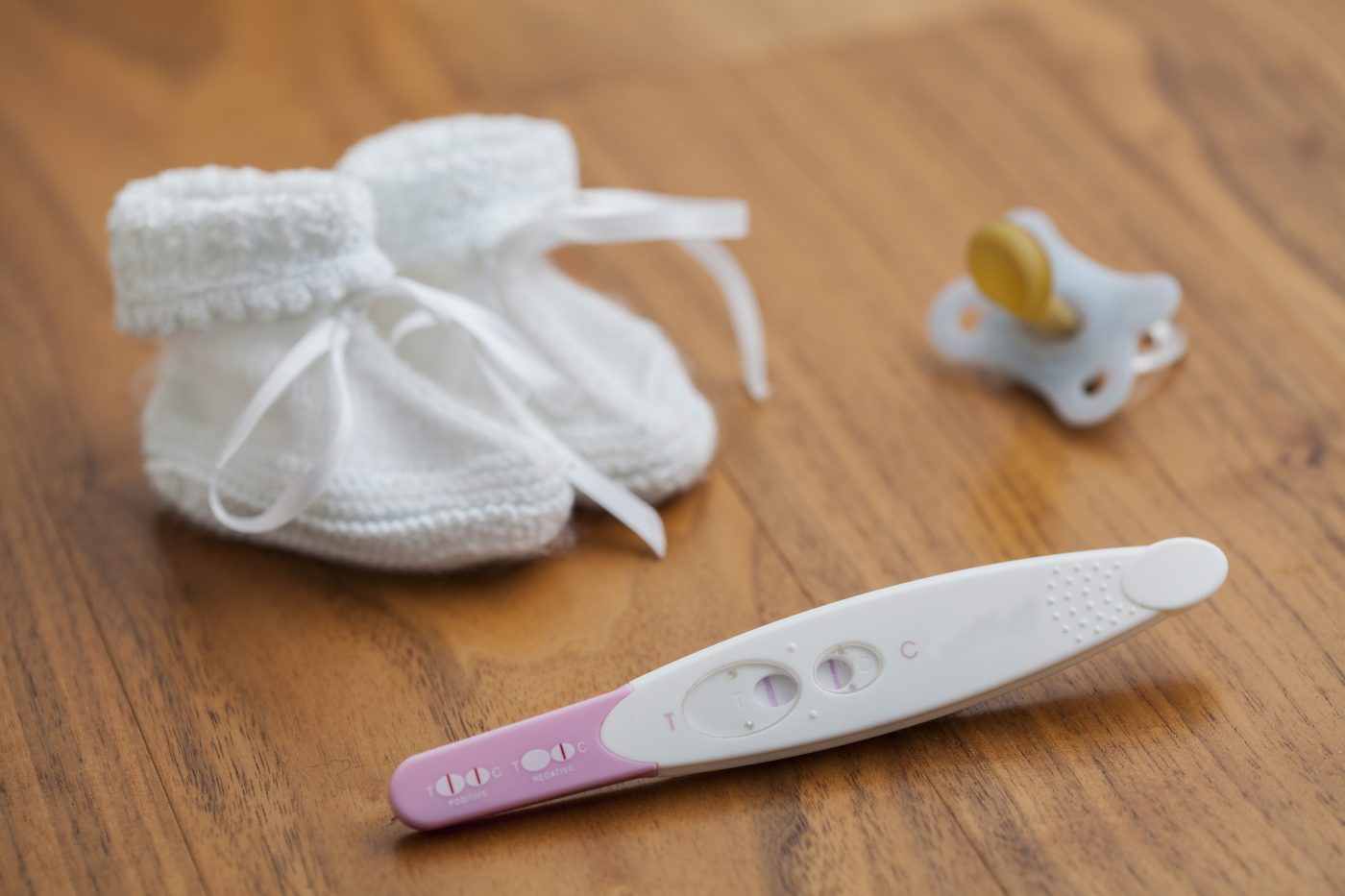A study led by researchers at University of South Alabama recently reviewed pregnancy rates in women after undergoing surgery for endometriosis. The study is entitled “Surgery for endometriosis-associated infertility: do we ¬exaggerate the magnitude of effect?” and was published in the journal Facts, Views and Vision in ObGyn.
Endometriosis is a nonmalignant gynecological disorder in which the tissue that normally lines the inside of the uterus (called endometrium) grows outside the uterus, usually in the abdominal cavity, where it can form lesions and cysts, scarring organs like the ovaries, bladder and rectum. The tissue, although displaced, still continues to act normally as inside the uterus, so it thickens, breaks down and bleeds with each menstrual cycle. Endometriosis can be a painful disorder, causing inflammation and very heavy periods. It is estimated that up to 10% of women in reproductive age suffer from this condition and it can cause infertility in up to 50% of the women. The exact causes of this disorder are unknown.
Currently, surgery is the primary option for the management of endometriosis, with the number of surgical procedures increasing worldwide. In the study, researchers ask whether there is evidence that infertility issues improve after surgery or whether clinicians overstate the positive effects of surgery when discussing treatment options with the patients. The team reviewed surgery outcomes regarding pregnancy rate and infertility associated with endometriosis.
The team found that surgical excision or ablation of pelvic endometriosis (either minimal, mild or severe) in women increases pregnancy rate. Ovarian cystectomy, the surgical excision of ovarian cysts, in women with endometriomas of 4 cm or larger was found to increase pregnancy rate while decreasing recurrence rate; however, it also results in a decrease in ovarian reserve, a term that refers to the capacity of an ovary to produce egg cells capable of fertilization and ultimately a successful pregnancy. In terms of methodologies after failure of the primary surgery, assisted reproduction was found to be significantly more effective in comparison to an additional surgery. However, in women who also fail to become pregnant with assisted reproduction, the management of the condition is extremely debatable. The authors believe that in these cases, surgery in expert hands might provide a considerable improvement in pregnancy rate.
The research team concluded that surgical excision or ablation of endometriosis should be the first line therapy considered as it almost doubles the pregnancy rate in some cases. They also suggest that women unable to conceive spontaneously after surgery should undergo assisted reproduction through in vitro fertilization.

